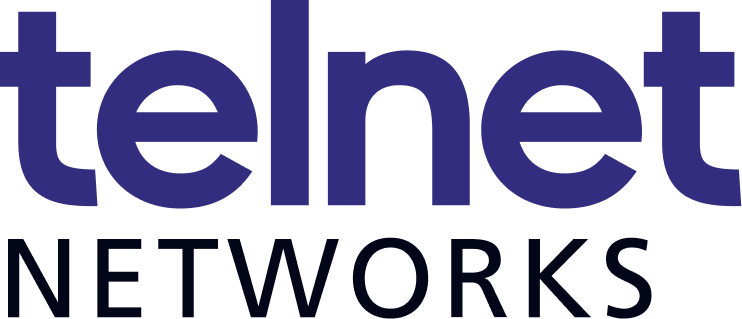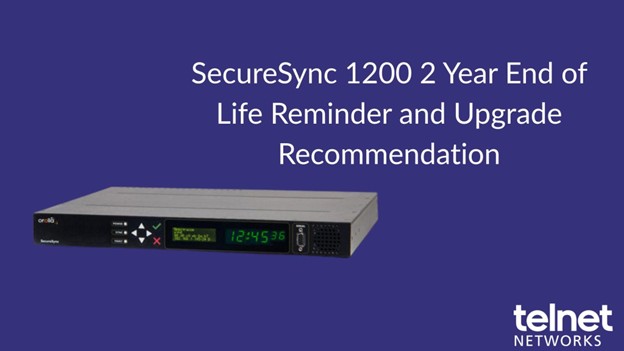Accurate time synchronization is a critical part of keeping modern networks running smoothly. Every log entry, security event, and data transaction depends on precise timing to function correctly. When systems drift out of sync, it can cause confusion in records, delays in communication, and errors that are difficult to trace. Network Time Protocol (NTP) servers are designed to solve this problem by providing a consistent time source across all connected devices.
Many organizations use public NTP servers because they are free and easy to access, but they are not always ideal for business environments. Public servers can experience latency, reliability issues, or security vulnerabilities that affect network performance. In contrast, using an in-house, GPS or GNSS backed NTP server gives you complete control over time synchronization, improving accuracy, security, and consistency across your network. It is a dependable solution that supports business continuity, regulatory compliance, and long-term efficiency.
Here is why an in-house NTP server is the better choice.
1. Greater Accuracy and Reliability
Public NTP servers can slow down or respond inconsistently when traffic is high or they are located far from your network. These delays can cause time drift, leading to mismatched data and inaccurate reporting. Even when all systems point to the same external NTP source, differences in the time signals received can create challenges when aligning data across devices. An in-house NTP server operates within your own infrastructure, reducing latency and keeping every system accurately synchronized.
Depending on the model, in-house servers can achieve accuracy within microseconds, far exceeding what is typically possible with public servers. They also provide resilience during internet outages or even GPS loss, ensuring continuous, internally generated time. This level of control helps maintain precise operations for critical systems, from financial transactions to industrial automation.
2. Stronger Security
Connecting to public NTP servers introduces unnecessary security risks. Public sources can be spoofed or compromised, which can lead to incorrect time data or even network disruption. With an in-house NTP server, you have full control over access and authentication, ensuring that every time update comes from a trusted source. This added security supports compliance with standards such as PCI DSS, ISO 27001, and NERC CIP.
3. Improved Network Performance
When devices across your organization depend on external NTP servers, it adds extra traffic and increases reliance on outside networks. Hosting your own NTP server keeps synchronization local, which reduces bandwidth use and improves overall efficiency. Even if your internet connection experiences downtime, your internal NTP server continues to provide accurate time for all systems within your network.
4. Consistent Time Across All Systems
Public NTP servers are managed by a variety of organizations, which means reliability and accuracy can vary from source to source. Using an in-house NTP server ensures that every device in your network aligns with the same trusted source. This consistency simplifies troubleshooting, improves log accuracy, and prevents problems caused by systems falling out of sync.
5. Long-Term Cost Savings
Although public NTP servers do not charge fees, they can lead to hidden costs such as downtime, troubleshooting, and compliance penalties if synchronization fails. The upfront investment in an in-house NTP server provides predictable performance and stability, reducing the likelihood of costly interruptions. Over time, the reliability and efficiency of an internal solution more than offset the initial investment.
Time synchronization may seem like a small detail, but it plays a vital role in your network’s reliability and security. Using an in-house NTP server from Sapling, Bodet, or Safran provides greater accuracy, control, and peace of mind. For organizations that depend on precise timing and smooth operations, managing time internally is a smart and dependable choice. Contact our sales team today to figure out what would be best for you.





